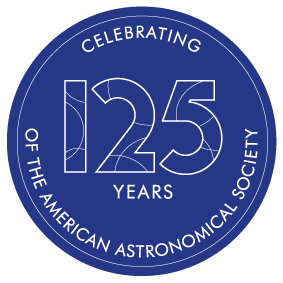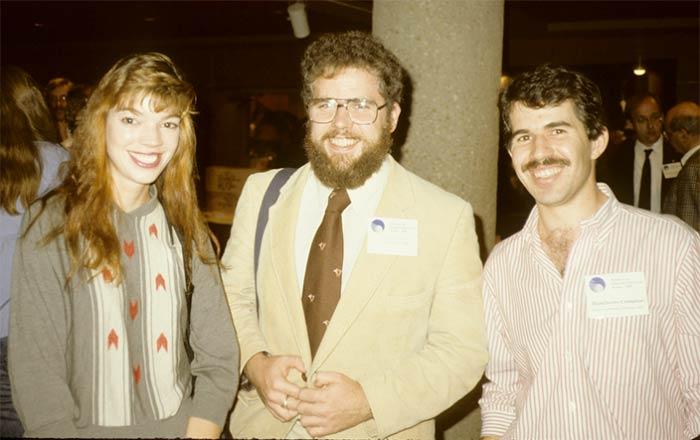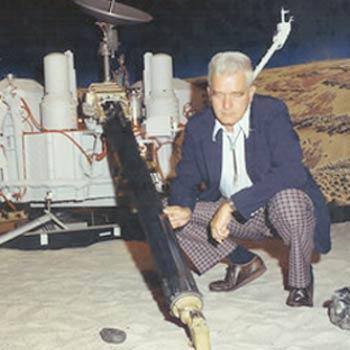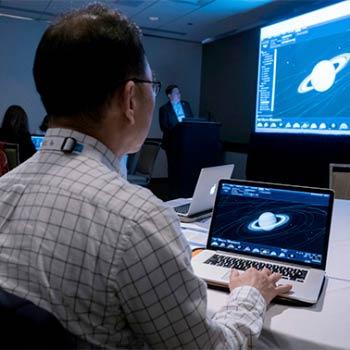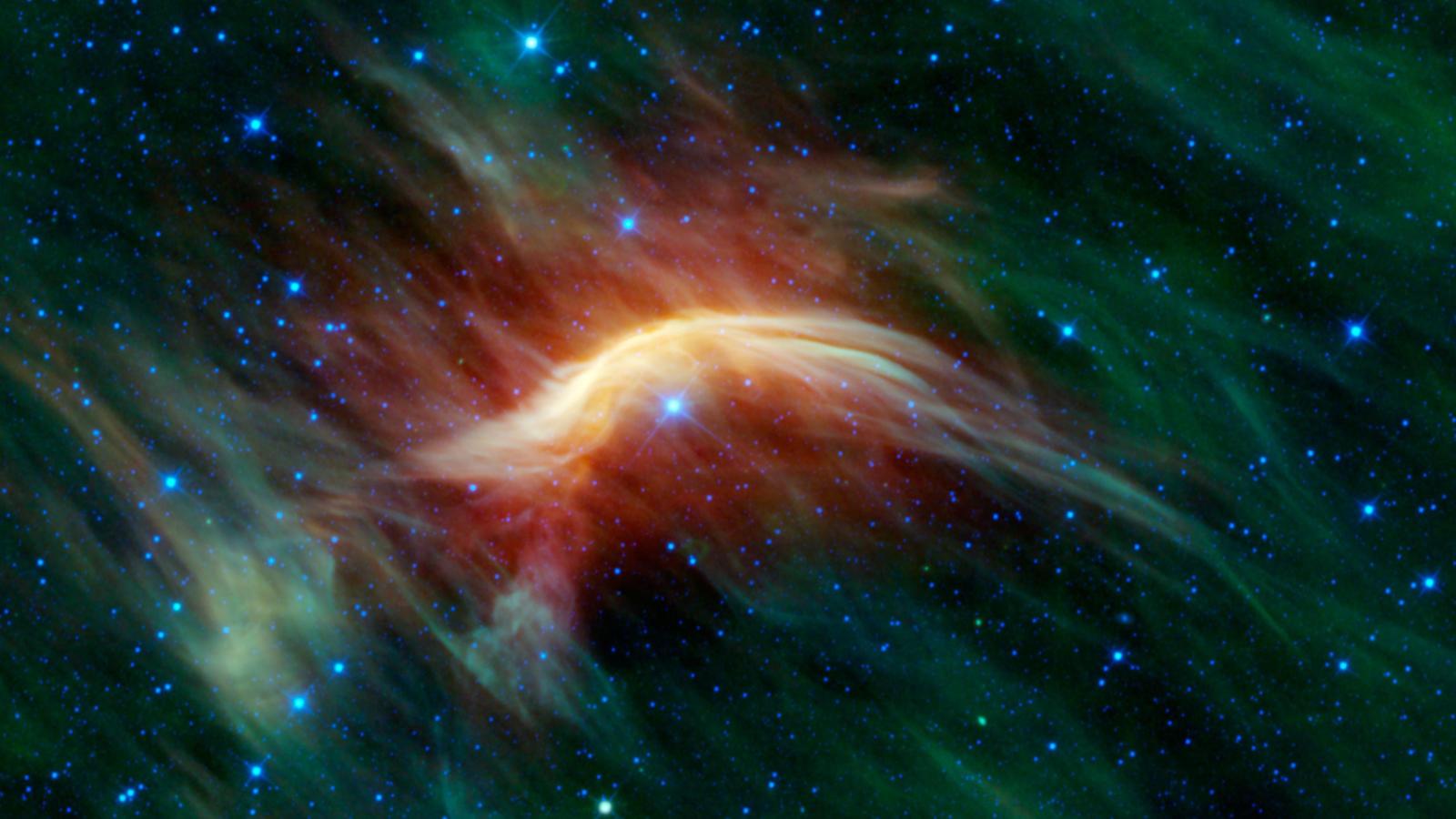
This infrared image from NASA's Wide-field Infrared Survey Explorer shows the massive blue star Zeta Ophiuchi as it slams into an interstellar gas cloud. Zeta Ophiuchi is likely a runaway star, flung into space when its binary companion exploded as a supernova. Recently, researchers studied a large collection of runaway stars to understand what launched them into space: a stellar companion going supernova or a close encounter with one or more stars. To learn more, you can read our AAS Nova highlight or the corresponding research article in the Astrophysical Journal. [NASA/JPL-Caltech/UCLA]
AAS members and counting...
Joining the AAS community provides you special access to:
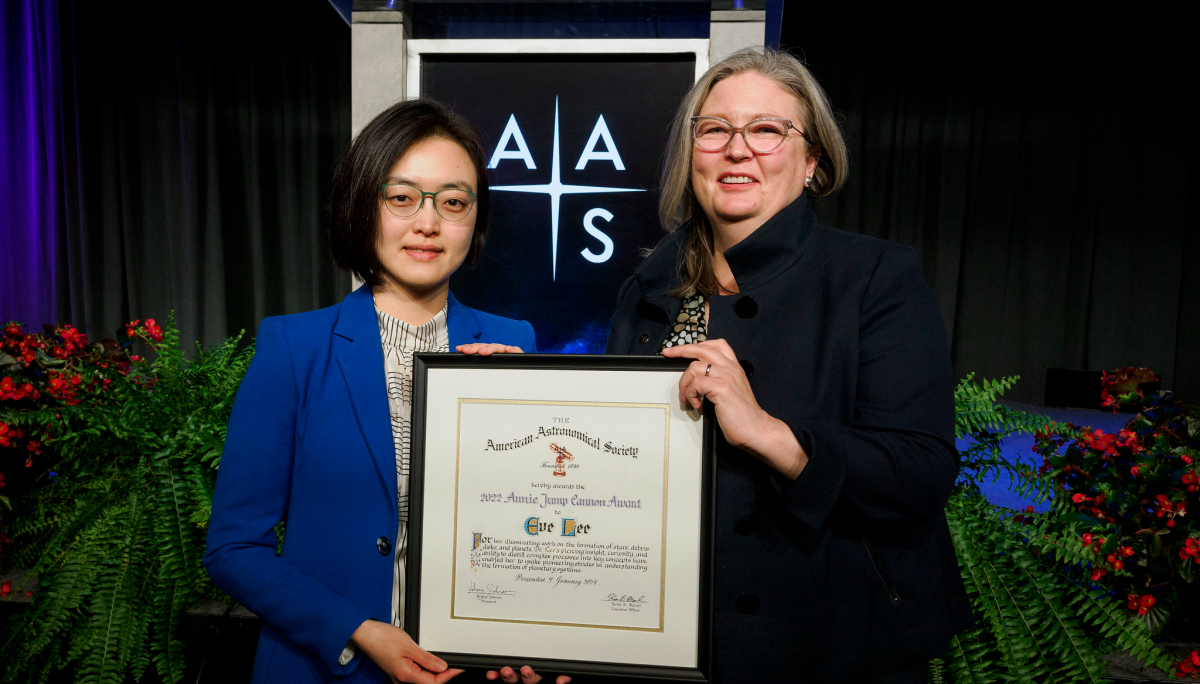
Want to get more involved with astronomy?
Donating to the AAS enables us to advocate, teach, and connect current and future astronomers.


